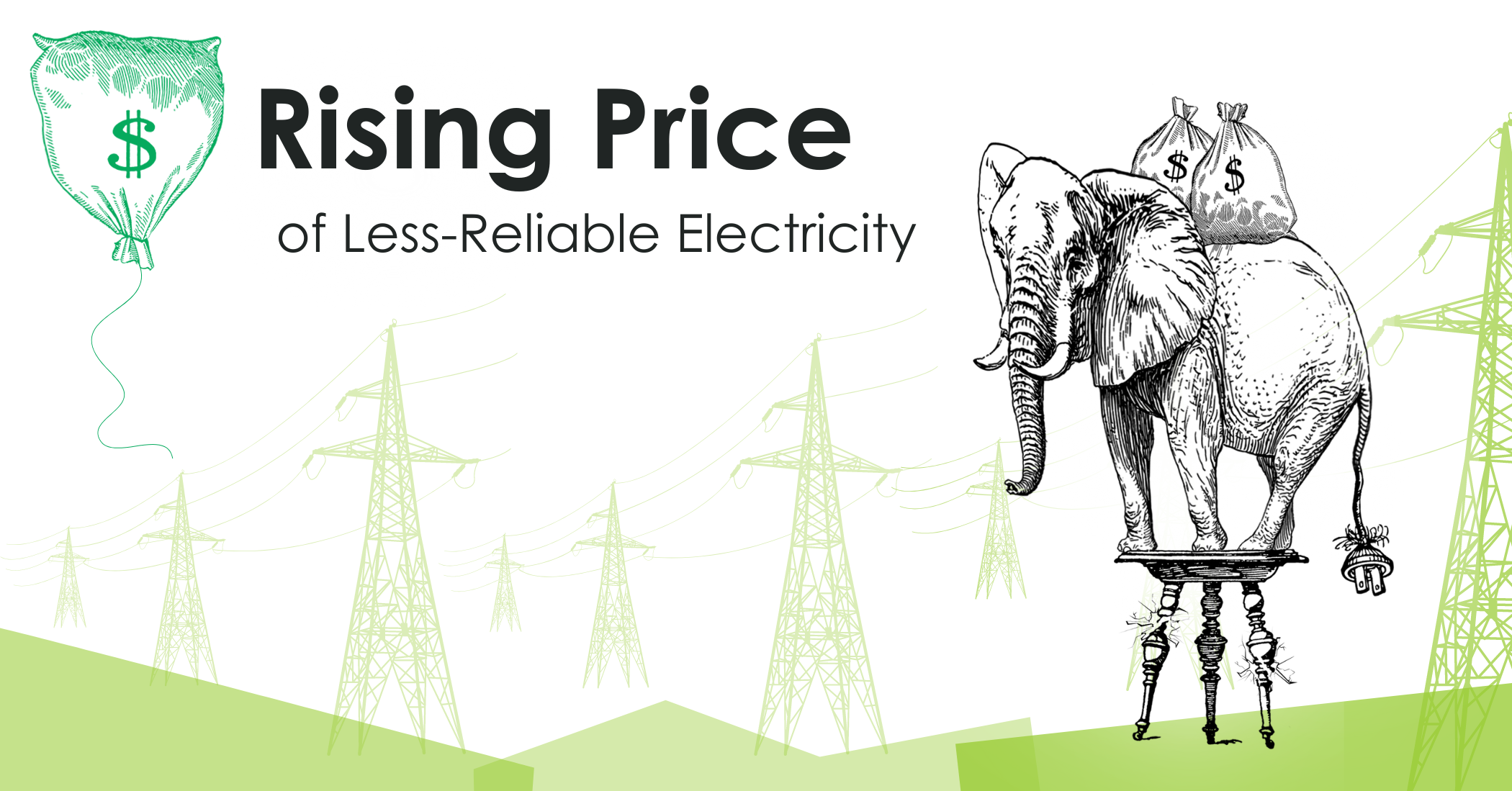
“Americans used to spend little energy worrying about whether the lights would come on at the flick of a switch, or how much that electricity cost. For a growing number of people, those days are over.” Those are the first two sentences of an article published in The Wall Street Journal last week, Get Ready to Pay More for Less-Reliable Electricity. Other nuggets from the article: Customers of the largest 17 utilities in the country are bound to see electricity prices outpace the consumer price index through 2030. Over the ten years ending in 2022, outages increased by 20%. The…
Read More










